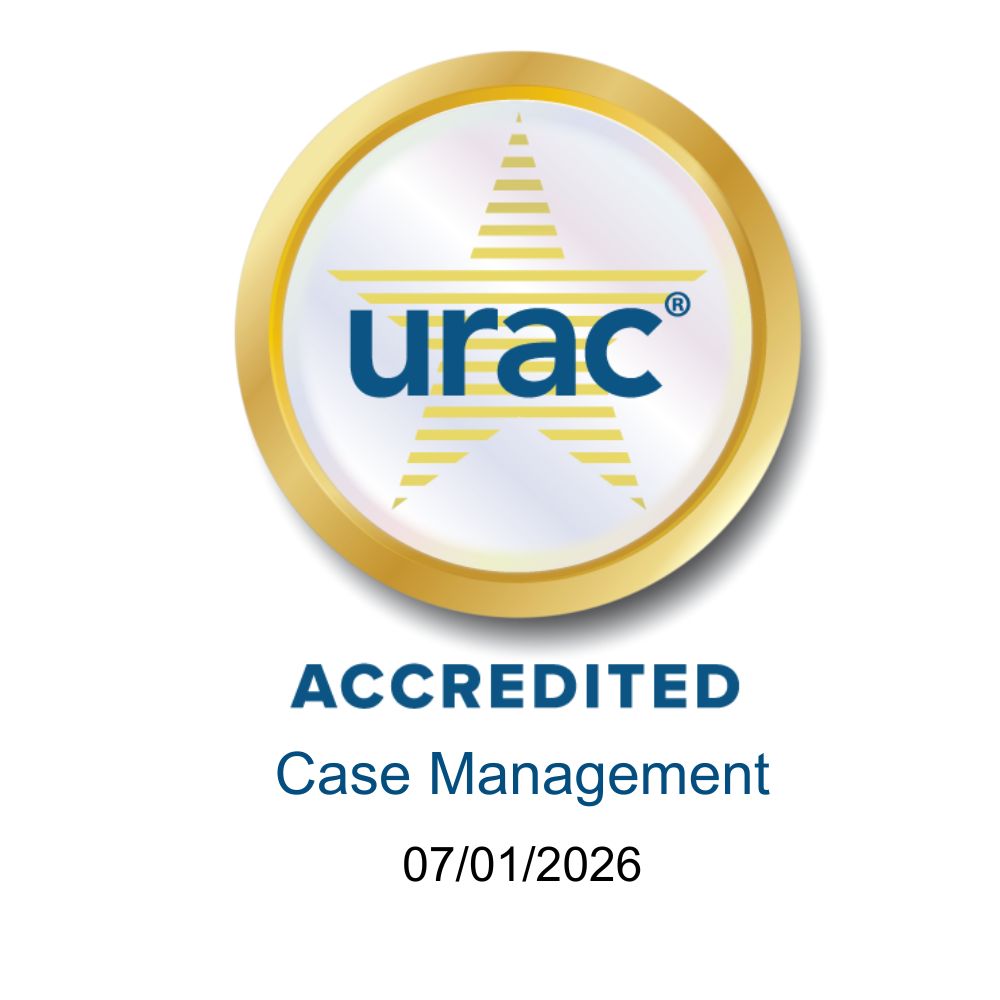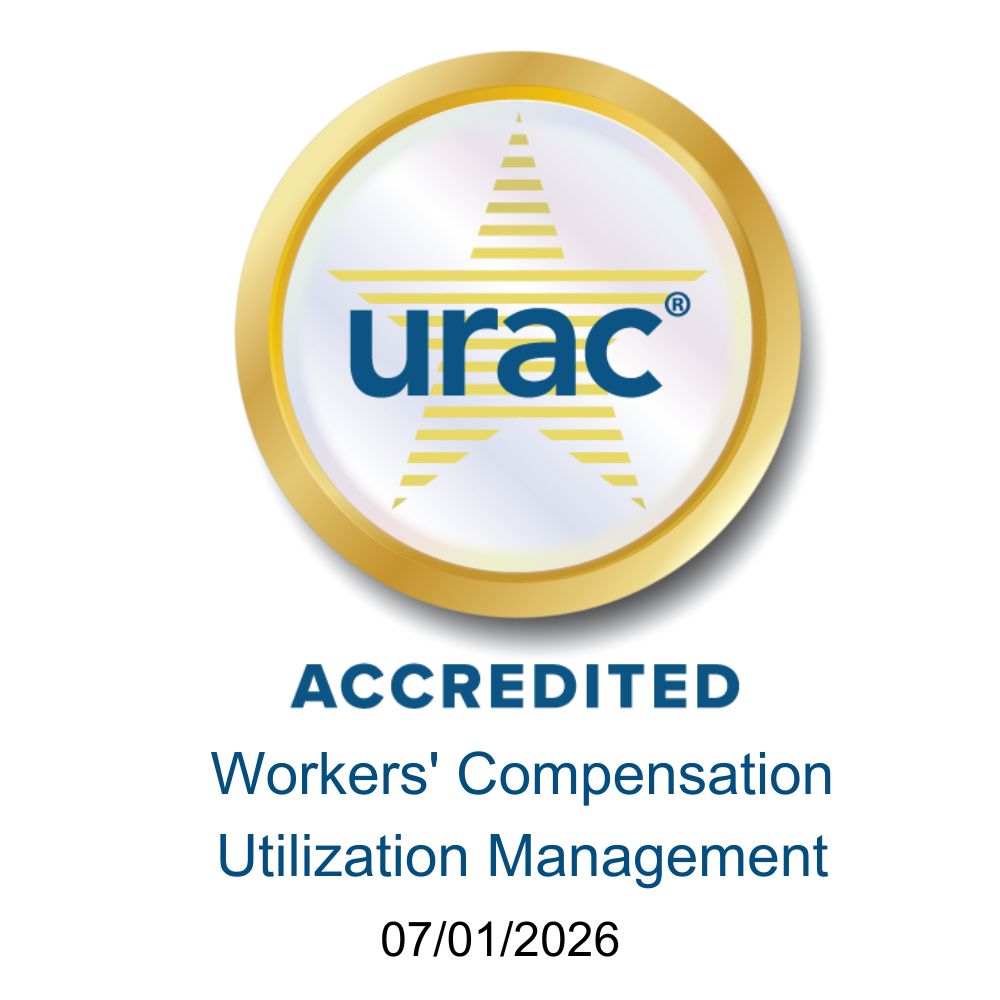
/EK%20Health%20-%20Win-win%20BR%20wide%20header%20(slim).jpg)
Though medical bill review can be seen as complex, workers’ compensation can benefit by understanding the nuances behind it.
Medical bill review is often viewed as a complex service area in the world of workers’ compensation.
“Medical Bill Review is not a black-and-white, apply-the-fee-schedule-and-move-on process. It is a dynamic workflow with layer after layer of options and customizations that can be leveraged to optimize the win-win scenario that is our goal,” said Kerri Wilson, CPCU, President and Chief Operating Officer at EK Health Services Inc.
Why Does Medical Bill Review Exist?
The first step in understanding the nuances of this solution is to consider why it exists. What purpose does it serve
Essentially, the bill review industry was created to ensure proper adjudication of medical bills in workers’ compensation according to jurisdictional requirements. The current billing practices — including upcoding, billing above fee schedule and other billing practices — perhaps incentivize providers to bill at higher rates because the future value of specific codes is sometimes driven by how they’re billed in the present.
The connection between billing patterns and accepted rates is further exemplified in Usual and Customary (U&C) states based on average billed amount by zip code.
“This cycle of billing patterns to accepted rates has the potential to drive up billed charges,” said Zebrah Jahnke, Vice President of Business Development at EK Health Services Inc.
The Big Myth: Bill Review Is Bill Review
“When discussing bill review, I have heard many considering a transition in their bill review solutions say, ‘Bill review is bill review. They are all the same’ “ said Jahnke.
EK Health wants to dispel that myth. In fact, the way bill review is conducted varies significantly from one company to the next.
Today’s technology empowers systems integration from bill review to networks and utilization review. Proprietary, wraparound software modules boost the customization and impact of bill review rules engines to create a powerful and productive toolbox for optimization.
From a workflow perspective, an effective bill review partner will appropriately apply statespecific regulations, as applicable, using technology to comb the regulations and apply them automatically. Automation drives efficiency, particularly in the application of NCCI codes/edits, upcoding/downcoding, unbundling/bundling procedures, interpretation of state fee schedule rules, proper application of modifiers, clinical validation of services performed, and state fee schedule updates.
Customer Impact
The effectiveness of a quality bill review solution is felt by the customer in many areas, including turnaround time, provider compliance, savings and transparency.
Wilson explained, “Faster turnaround times produce the benefits of prompt payment processing and provider payment, as well as a higher, more consistent level of provider compliance.”
Perhaps the most significant impact for customers is in the area of savings, which can vary among bill review entities — even in savings generated by applying state fee schedule and UCR reductions.
The bill review entity has a responsibility to the customer to ensure that their processes account for the complexities in reimbursement and that the one-size-fits-all methodology is not a part of the equation. Data driven decisions are key to providing the customer with the most robust solutions to ensure the most significant savings on their program.
Wilson and Jahnke added the variance among bill review partners is attributed to:
- Customized hierarchies of broad-based and ancillary provider networks
- Varying levels of network involvement
- NCCI upcoding/downcoding
- Clinical edits to apply nurse/physician review or medically unlikely edits (MUE)
- Proper identification of inclusive procedures to catch separate/double billing for procedures which should be billed as a bundled/inclusive treatment
- Invalidation of clinical procedures in Medicare states, where providers can bill codes with multiple complexities using a code that may return a higher reimbursement because it is related to trauma
- DRG assessment and evaluation to ensure the procedure billed was verifiable as billed (verified by medical records and downcoded as appropriate using an adjusted DRG approach)
- Aggressive negotiations strategies and state-specific workflows to maximize impact and savings
Network Relationships
The role of network relationships and strategic alignment are additional aspects of bill review that are often misunderstood or underexplored.
“We sometimes hear customers ask, ‘Why do I need all these networks and what am I paying for them?’ The answer is not simple, but it is profound,” Jahnke said.
Networks come in all shapes and sizes, and each type of network serves a specific purpose in ensuring a robust offering, considering the worker’s injury, geographic location and other claim dynamics. Broad-based networks provide a large coverage area for general medical needs, while specialty/ancillary networks dial in on more specific areas of medical intervention, including diagnostics, durable medical equipment, etc.
Historically, broad-based networks were primary for cost savings; now they cast the widest net with the narrowest return.
“By strategically aligning the right combination of broad-based and specialty/ancillary networks — and then applying their cost reductions in the most impactful way possible — bill review companies can elevate network penetration and savings basic to premium,” Jahnke explained.
The key to harnessing the power of strategic network alignment is in cultivating specialty networks, direct agreements, provider agreements, etc. — to truly understand how all of those can impact a program for better results and be willing to invest diligently in each, specific to the client’s need.
The Bottom Line
To maximize the positive impact of a high-quality bill review program, it is important that customers understand how a bill review company’s revenue sharing relationships can affect program transparency, how fees are attributed to their program, and the risk of hidden fees and artificially inflated savings calculations.
An effective bill review partner will understand the payor’s risk tolerance and will have the ability to customize workflows to reflect risk tolerance.
At the end of the day, one of the most important questions a payor can ask related to fees is, “What am I paying, to whom am I paying it, and how am I paying it (on the savings only or savings category)?”
“It is critically important that you understand exactly where your money is going. How? Ask for the data – after all, it’s your data. Follow the money and see what the real story is,” said Wilson.
“Another key question to ask is, “What am I saving in bill review?” Separate the fees from the savings and discover your true program return on investment (ROI). Peel back the layers and you may be surprised what you find,” Jahnke said.
“At the end of the day, our goals are transparency, flexibility, customization and absolute excellence,” she said.
The views and opinions expressed in this article are those of the interviewees and do not necessarily reflect the official policy or position of EK Health Services Inc.
Click Here to download a PDF copy of the article
RELATED CONTENT |
||




/R&I%20Article%20-%20CM%20The%20Heart%20of%20the%20Matter%20(Mar%202021)-1.jpg)
/R&I%20Article%20-%20CM%20The%20Heart%20of%20the%20Matter%20(Mar%202021)-2.jpg)
/R&I%20Article%20-%20CM%20The%20Heart%20of%20the%20Matter%20(Mar%202021)-3.jpg)
/R&I%20Article%20-%20CM%20The%20Heart%20of%20the%20Matter%20(Mar%202021)-4.jpg)